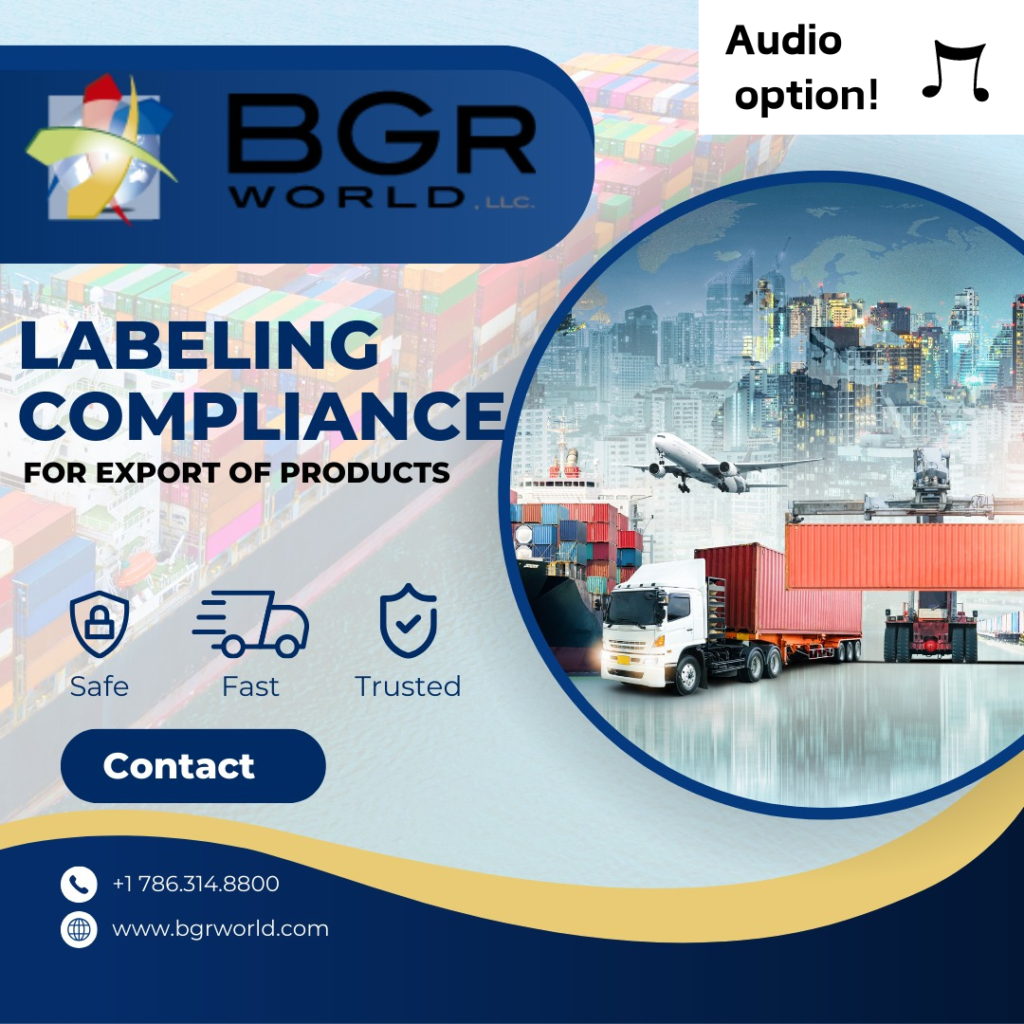In the complex world of international trade, compliance with packaging and labeling regulations is essential to ensure products cross borders smoothly. In this informative guide, we will explore what Packing Compliance, Labeling Compliance, and Constancy Certificate are, as well as discuss specific terms like Mexican Certificate and NOM. Our focus will be on the importance of sworn and approved translation of labels, according to the laws of the destination country, to help those starting in the export process understand the requirements and necessary procedures.
What is Packing Compliance?
Packing Compliance refers to the set of regulations and requirements that ensure product packaging complies with the standards established by destination countries. This includes not only the quality and safety of packaging but also aspects like correct labeling, mandatory information, and even packaging layout.
What is Labeling Compliance?
Labeling Compliance concerns compliance with regulations related to product labeling. This involves the inclusion of mandatory information on labels, such as ingredients, usage instructions, expiration dates, and safety warnings, in accordance with the laws of the destination country.
What is Constancy Certificate?
Constancy Certificate is a document that attests to a product’s compliance with the packaging and labeling regulations required by the destination country. This certificate is often necessary to prove that the product complies with local standards and can be legally exported.
Mexican Certificate and NOM:
The Mexican Certificate, or Mexican Certification, is a specific document required for products to be exported to Mexico. It confirms that the product meets Mexican standards for quality, packaging, and labeling. Additionally, the NOM (Norma Oficial Mexicana) is a set of mandatory technical regulations in Mexico, including requirements for product packaging and labeling.
Considerations for Export Labels:
– Export labels must be translated in a sworn and approved manner to ensure their validity in destination countries.
– Each country may have specific requirements for labels, including mandatory information, accepted formats, and languages.
– Packaging and label layouts must comply with local regulations to avoid issues during the product’s entry into the destination country.
– It is possible to create labels with up to four languages for export, facilitating understanding and compliance in different international markets.



